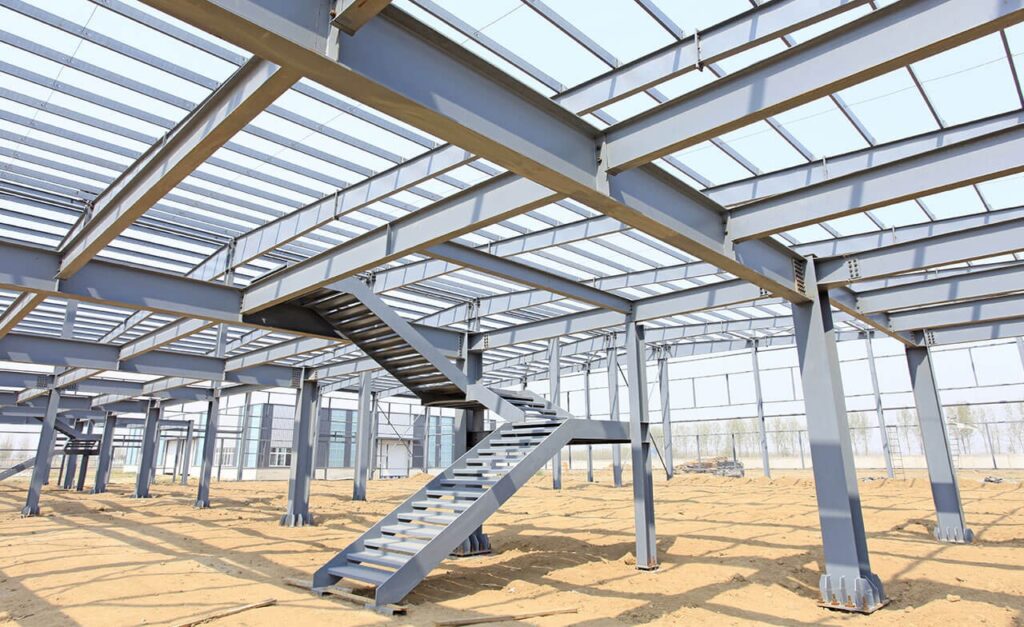The construction industry is continuously evolving with new developments in science and technology. One significant change is the transition from traditional methods of sketches and blueprints to digital modernization, revolutionizing shop drawing services. Structural steel detailing is at the center of this transformation, fueling remarkable improvement and efficiency in the production and assembly of construction components.
The Role of Steel Detailing in Modern Construction
Steel detailing is an essential component of the architectural, engineering, and construction (AEC) industry. It involves creating detailed drawings for fabricators and erectors, including plans, drawings, reports, and other essential documentation necessary for the assembly of steel members.
Building with precision is key to a successful project in the construction industry. The accuracy required in various structures, from high-rises to intricate architectural designs, relies heavily on detailed shop drawings.
Integration of Advanced Technologies
Structural steel detailing has undergone a significant change over recent years with the advent and integration of advanced technologies such as computer-aided design (CAD), 3D modeling, and Building Information Modeling (BIM). Adoption of these technologies by steel shop drawings services has enhanced the quality and precision of produced drawings.
Streamlining Construction Processes
The use of these technologies is not just transforming the way shop drawings are created, but also how these drawings are used. They allow seamless sharing and collaboration, ensuring all stakeholders, including architects, engineers, and contractors, are working from the same, most updated set of drawings for a particular project.
The Impact of Structural Steel Detailing
The incorporation of technology into structural steel detailing has numerous benefits that are transforming shop drawing services, leading to better overall construction processes.
Enhanced Precision and Accuracy
Structural steel detailing provides a prominent level of detail that traditional drawings cannot achieve. With 3D modeling, for instance, structural steel details can be viewed from various angles, providing a comprehensive overview of the structure, which aids in eliminating any discrepancies before the construction phase.
Improved Communication and Collaboration
Technological advances have made it easier for individuals involved in a particular project to access these intricate designs from anywhere at any time. This form of digitization has improved communication and collaboration among different teams working on the same project, leading to more efficient, streamlined processes.
Cost and Time Efficiency
Structural steel detailing makes it easier to spot potential issues before the construction starts. By identifying these issues early, designers and builders can save on the cost of materials and labor that would be wasted in correcting these errors. Also, by preventing these issues, the construction timeline is less likely to get delayed, ensuring completion within budget and on schedule.
The use of structural steel detailing services represents a revolution in the shop drawing services. It provides a level of precision and accuracy that manual drawing cannot achieve, leading to a more efficient, cost-effective, and streamlined construction process.
Conclusion
Transformation of shop drawing services through technological advances in structural steel detailing has indeed turned the tables on traditional methods. Not only has this made the construction process more efficient and cost-effective, but it has also enhanced precision, and improved communication and collaboration among diverse project teams. Given these myriad benefits, it is crystal clear that technology-driven steel detailing is paving the way for advancements in the world of construction.
